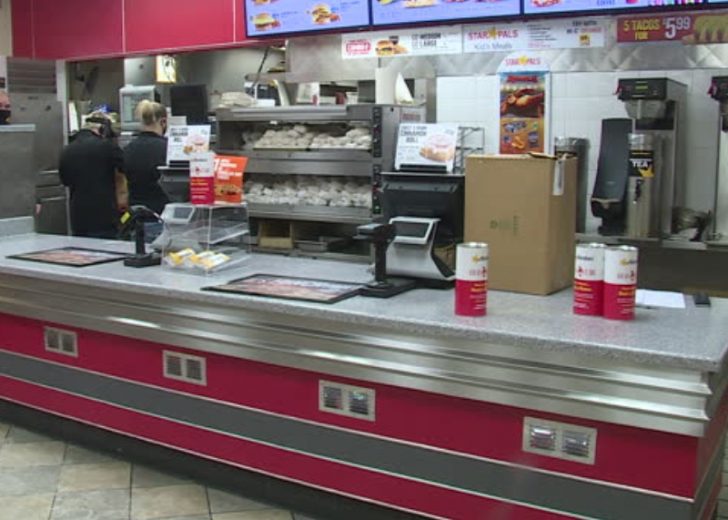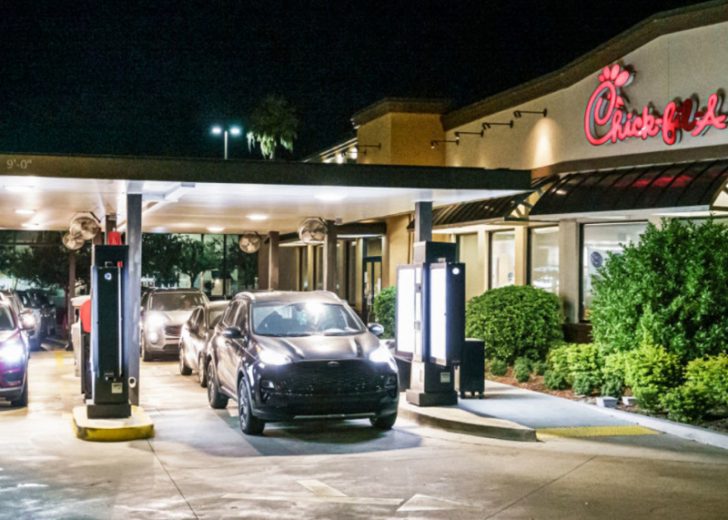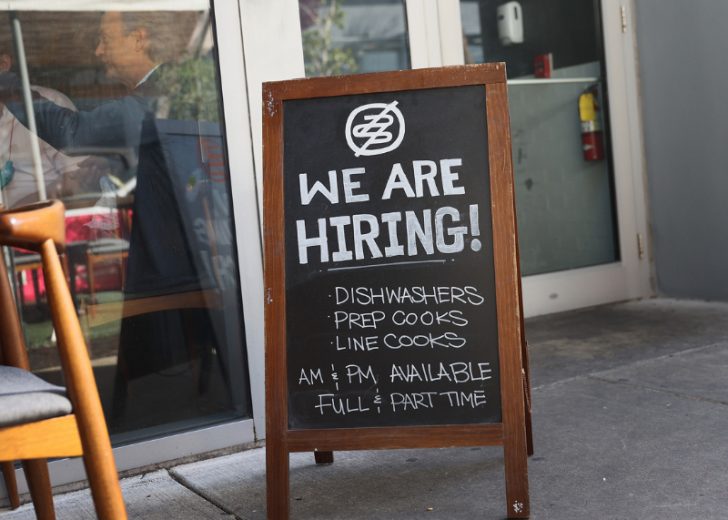Alberta, Canada is in a stage of health emergency and has proposed to implement new strictler health measures to reduce transmission of COVID-19 by expanding treatment capacity, enhance vaccination rates. New restrictions on restaurants, indoor gatherings, weddings and funerals, indoor sports and fitness, retail stores and entertainment venues from September 20, have followed. Fast-food customers are streaming back, but workers are not. It’s triggering major changes. Workplace protection measures, places of worship, schools indoor private gatherings, and activities for children, as well as compulsorily wearing a mask and physical distancing in all indoor public spaces, began on September 16.

In Edmonton, Alberta, Canada, fast-food restaurants seem to be having a major problem: Customers are coming back but workers are not and their dining rooms are lying empty. A labor squeeze transforms an enduring industry and controversial symbol of American capitalism. For fast food workers, the pandemic ensured better-paying alternatives. The delta variant compounded staff shortages, forcing store managers to close recent dining room re-openings or extend closures indefinitely.
What Happens Now?

The present pace is impossible to maintain as team members are exhausted and no reliefs exist in the current roster. A dozen Chick-fil-A outlets became drive-through-only, in early September, according to managers in Greenville, Texas, and Aberdeen, Md and it is not a popular move with the customers. Some McDonald’s outlets have become drive-through-only service with reduced hours, while the chain touts polish online ordering tools and invest in technology to smoothen pick-up and drive-through experience. Yum Brands, which manages Taco Bell, KFC, and Pizza Hut, has opted for services minimizing contacts between customers and workers, like curb-side pick-up and delivery. The Big MacMaker, curbed most indoor dining early, advised franchisees to close dining rooms in areas hit hard by the delta variant.
How Much Money are We Talking About?
Of the 10 million positions which are open in the United States, 1.7 million come under the leisure and hospitality sector that covers food service workers, as per the FRB of St. Louis, as against an estimated 1.5 million unemployed people. For the food industry to completely meet customer demands, restaurants would need to attract workers working in other industries, but indications are that the opposite is true. An analysis of job-seekers by Glassdoor found that people prefer to type in search categories like office assistant, data entry or Amazon, for example. Fast-food wages historically lag behind those in other service industry jobs, with an average U.S. worker securing $11.80 per hour or $24,540 a year in May 2020, as per Bureau of Labor Statistics. A retail salesperson, made $13.40 per hour.

Allen estimates that drive-throughs account for 50 % of annual sales for all fast-food and fast-casual restaurants, or about $169 billion. Restaurant apps, and touch-screen kiosks that have taken the place of many food service workers. A study on automation and robotics and found that at least half workers could be replaced with robots. Employees were treated poorly at restaurants and the gig economy offers flexible hours without toiling in front of a hot grill. But even the biggest are seeking to attract workers: Walmart, Target and Amazon, offer college tuition programs for employees. Labor shortages reflect limited appeal of low-wage work that is stressful and physically demanding. The labor group ‘Fight for $15’ has now become a global movement in over 300 cities after it was formed in 2012. Economists question labor shortages in this context, saying businesses offer too low a wage for an hour’s work.




